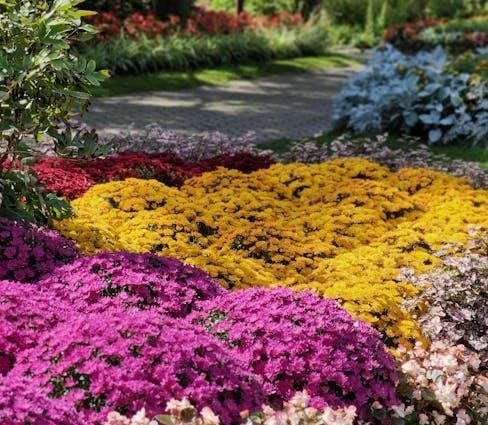Zone 3a in Canada offers a unique gardening experience with its cool climate and short growing season, ideal for planting hardy perennials and cool-season vegetables.
1.1 Understanding USDA Hardiness Zones
USDA Hardiness Zones are a guide to determine which plants can thrive in specific regions based on average minimum winter temperatures. Zone 3a, with temperatures ranging from -40°F to -35°F, is one of the cooler zones, requiring gardeners to choose plants adapted to cold climates. This system helps gardeners in Canada and the U;S; select species suited to their area, ensuring better survival rates and productivity. Understanding your zone is crucial for successful planting, as it influences planting times, soil preparation, and plant selection.
1.2 Importance of Zone 3a for Canadian Gardeners
Zone 3a holds significant importance for Canadian gardeners due to its distinct climate conditions, requiring tailored strategies for optimal growth. Gardening in this zone ensures food security and biodiversity by growing cold-hardy plants. It promotes sustainable practices, fostering local food production and reducing reliance on imports. Additionally, Zone 3a gardening supports pollinators and wildlife, enriching ecosystems. By understanding and adapting to this zone, gardeners contribute to environmental preservation while enjoying the rewards of homegrown produce and vibrant landscapes, making it a vital practice for Canadian communities.
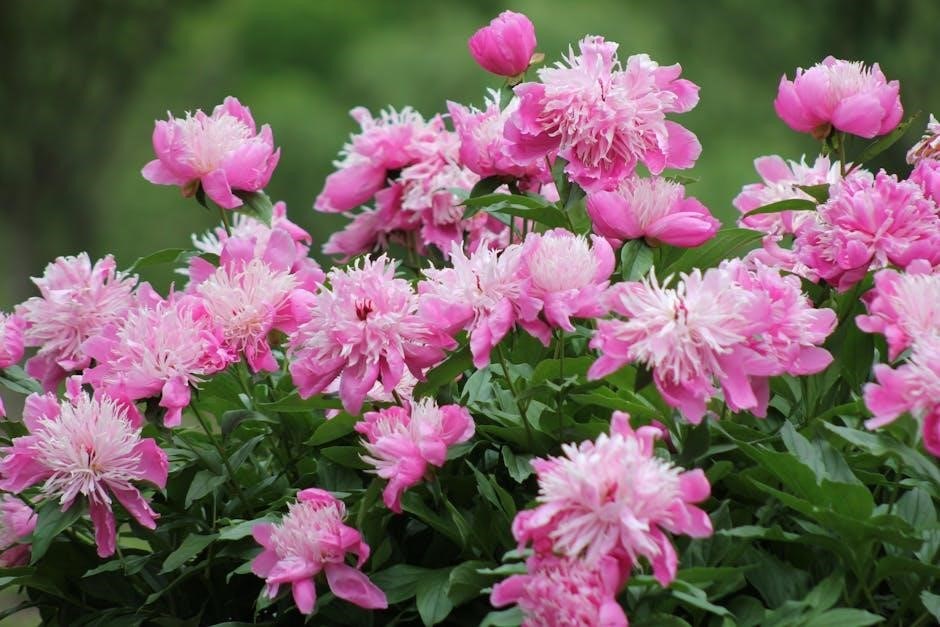
Understanding the Growing Season in Zone 3a
Zone 3a has a short growing season, typically 120-160 days, with cool temperatures and frost risks. Understanding frost dates and season length is crucial for successful gardening.
2.1 Last Frost Date: Timing and Impact
The last frost date in Zone 3a typically falls between May 1-15, marking the start of the planting season. This date is crucial as it determines when to plant warm-season crops. Frost can damage sensitive plants, so gardeners must wait until after this date to plant tender vegetables and flowers. Early planting before this date risks damage or loss of plants due to lingering cold temperatures. Planning the garden around this date ensures optimal growth and success for the growing season in Zone 3a.
2.2 First Frost Date: Preparing for the End of Season
The first frost date in Zone 3a typically occurs between September 1-30, signaling the end of the growing season. This date is critical for gardeners to prepare for the coming winter. Plants sensitive to frost must be harvested or protected before this date to avoid damage. Hardy perennials may need mulching, while tender plants should be brought indoors or covered. Gardeners should also clean up beds to remove debris, preventing pests and diseases from overwintering. Proper preparation ensures healthy plants return the following spring, making the first frost date a key milestone in Zone 3a gardening.
2.3 Average Frost Dates in Zone 3a
In Zone 3a, the average last frost date is around May 1-15, while the first frost date typically falls between September 1-30. These dates are essential for determining planting timelines, ensuring crops mature before frost. Gardeners should plan accordingly, starting cool-season crops after the last frost and harvesting before the first frost. Local microclimates may vary, so consulting regional frost date charts is recommended for precise planning. Understanding these dates helps maximize the growing season and protect plants from premature damage, making them a cornerstone of successful gardening in Zone 3a.
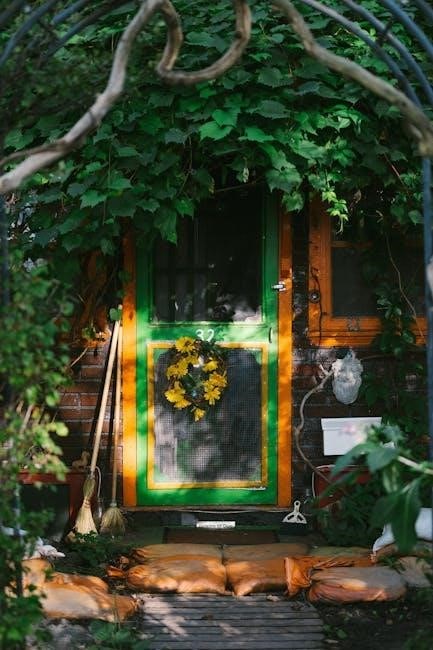
Choosing the Right Plants for Zone 3a
Selecting plants adapted to Zone 3a’s short growing season is crucial. Focus on hardy perennials, cool-season vegetables, and varieties tolerant of cooler temperatures and shorter summers.
3.1 Suitable Vegetables for Zone 3a
Zone 3a’s cool climate is ideal for growing hardy, cool-season vegetables. Root crops like carrots, beets, and radishes thrive in the shorter growing season; Brassicas, such as broccoli, cauliflower, and kale, are excellent choices due to their cold tolerance. Leafy greens like spinach, Swiss chard, and lettuce also perform well. Plant potatoes and peas early in the spring, as they prefer cooler temperatures. For a late summer harvest, consider planting cold-hardy varieties like Brussels sprouts and cabbage. Ensure proper soil preparation and stagger planting times to maximize yields in Zone 3a’s challenging conditions.
3.2 Best Flower Varieties for Zone 3a
Zone 3a’s cool climate is perfect for growing resilient flower varieties. Perennials like coneflowers, black-eyed Susans, and catmint thrive in full sun and tolerate cold winters. Daylilies and sedum are excellent choices for their hardiness and vibrant blooms. Annuals such as marigolds and zinnias add bursts of color during the growing season; Opt for low-maintenance varieties that adapt well to the region’s short growing season. These flowers not only enhance beauty but also attract pollinators, ensuring a lively and sustainable garden in Zone 3a. Proper planting times and soil preparation are key to their success.
3.3 Perennials vs. Annuals: Choosing Wisely
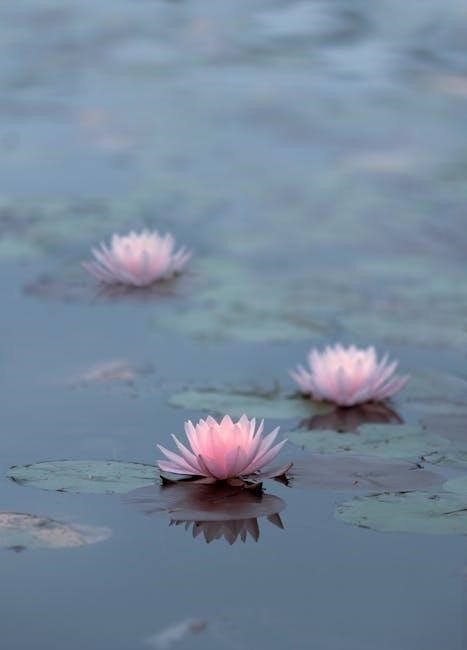
In Zone 3a, choosing between perennials and annuals depends on your garden goals. Perennials like daylilies and coneflowers offer long-term beauty, returning each year with minimal effort. Annuals such as marigolds and petunias provide vibrant color but must be replanted yearly. Perennials are ideal for low-maintenance gardens, while annuals add flexibility and variety. Consider your time commitment and desired aesthetic when selecting. Both options can coexist, creating a dynamic and resilient garden tailored to Zone 3a’s climate. This balanced approach ensures year-round interest and adapts to the region’s short growing season effectively.
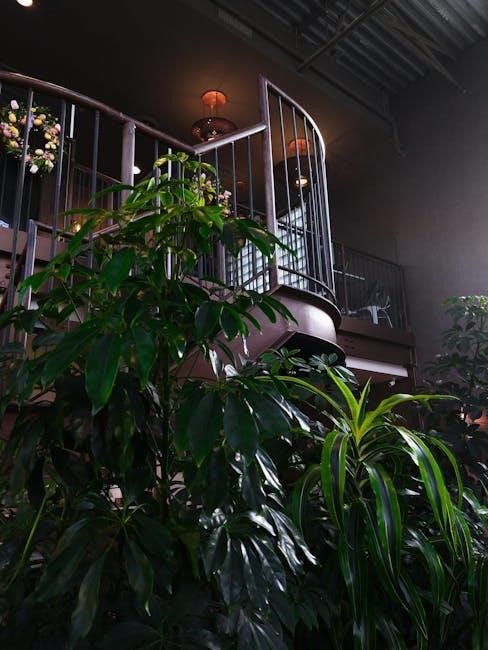
Vegetable Gardening in Zone 3a
Zone 3a’s cool climate requires strategic vegetable gardening. Start seeds indoors and use cold frames to extend the season. Succession planting maximizes yields in the short growing period.
4.1 Cool-Season Crops: Planting Tips
Cool-season crops thrive in Zone 3a’s cooler temperatures. Plant broccoli, spinach, and kale early in spring or late summer for a fall harvest. Start seeds indoors 4-6 weeks before the last frost date and transplant when soil warms slightly. Root vegetables like carrots and radishes can be direct-sown as soon as the ground thaws. Succession planting ensures a continuous harvest, while row covers protect crops from frost. These crops tolerate light frosts, making them ideal for Zone 3a’s short growing season. Proper timing and protection maximize yields in this challenging climate.
4.2 Warm-Season Crops: Strategies for Success
Warm-season crops like tomatoes and peppers require careful planning in Zone 3a’s short growing season. Start seeds indoors 6-8 weeks before the last frost date, using seed trays and warm conditions. Transplant after the soil has warmed and frost danger has passed. Use row covers or black plastic mulch to retain heat and extend the growing season. Choose quick-maturing varieties to ensure a harvest before the first frost; Greenhouses and cold frames can provide additional protection, allowing gardeners to enjoy a successful crop of warm-season vegetables despite the cooler climate.
4.3 Vegetable Planting Calendar
A well-planned planting calendar is essential for Zone 3a gardeners. Start cool-season crops like spinach and kale in early April, followed by root vegetables such as radishes and carrots in late April. May is ideal for planting peas, lettuce, and green beans. Warm-season crops like tomatoes and peppers should be transplanted in June after the last frost. July is perfect for succession planting with heat-tolerant varieties like zucchini and cucumbers. In August, sow fall crops like broccoli and Brussels sprouts. September marks the start of cool-season planting again, while October is the time to plant garlic for next year’s harvest.
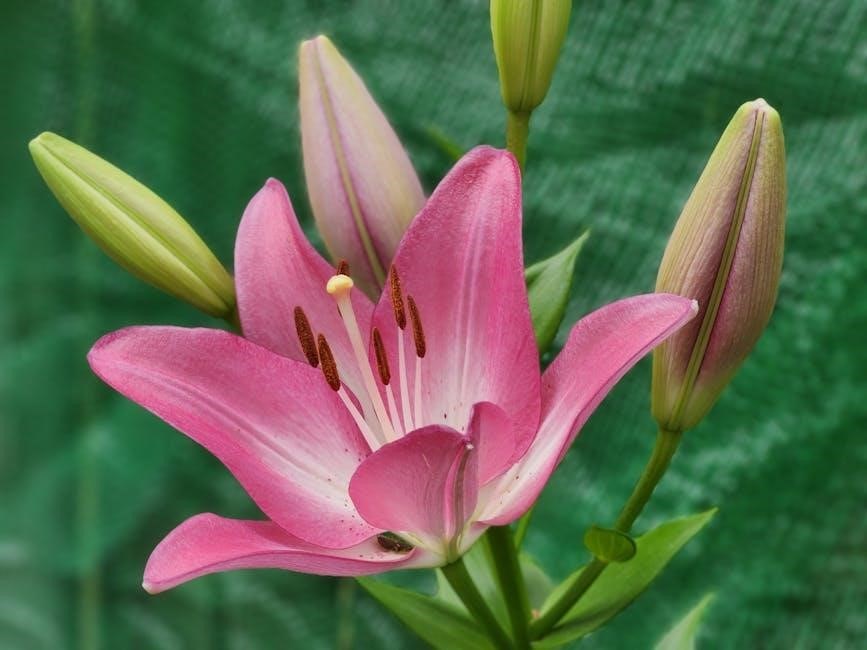
Flower Gardening in Zone 3a
Zone 3a offers a vibrant flower gardening experience, with resilient perennials like coneflowers and black-eyed Susans thriving in its cool climate, adding color and beauty to gardens.
5.1 Perennial Flowers: Low Maintenance Options
Perennial flowers are ideal for Zone 3a gardens, offering beauty and resilience with minimal upkeep. Coneflowers, black-eyed Susans, and daylilies thrive in the cool climate, requiring little care. They tolerate frost and short growing seasons, making them perfect for Canadian gardens. Liriope and sedum also excel, providing vibrant blooms and sturdy foliage. These perennials often bloom for months, attracting pollinators and adding color to landscapes. Plant them in well-draining soil and full sun for optimal growth. Their hardiness ensures they return yearly, making them a reliable choice for Zone 3a gardeners seeking low-maintenance, high-reward flowering plants.
5.2 Annual Flowers: Adding Color and Variety
Annual flowers bring vibrant color and variety to Zone 3a gardens, thriving in the region’s cool climate. Marigolds, petunias, and zinnias are popular choices, offering bold blooms that attract pollinators. Snapdragons and calendulas also excel, providing early spring and late summer color. These plants are ideal for filling gaps between perennials or adding temporary beauty to containers. While they don’t return yearly, their rapid growth and versatility make them a great way to refresh your garden each season. Plant seeds directly after the last frost or start indoors for an earlier bloom, ensuring a dynamic display throughout the growing season.
5.3 Flower Planting Calendar
A well-planned flower planting calendar is essential for Zone 3a gardeners. Start seeds indoors in April for early bloomers like petunias and snapdragons. By May, plant perennials and annuals after the last frost date. June is ideal for direct sowing zinnias and marigolds. In July, add lilies and sunflowers for mid-summer color. August is perfect for planting bulbs like garlic and tulips. September is great for sowing cool-season annuals like pansies. October marks the end of the season, with final clean-up and mulching to protect perennials. This structured approach ensures a vibrant, year-round display tailored to Zone 3a’s climate.
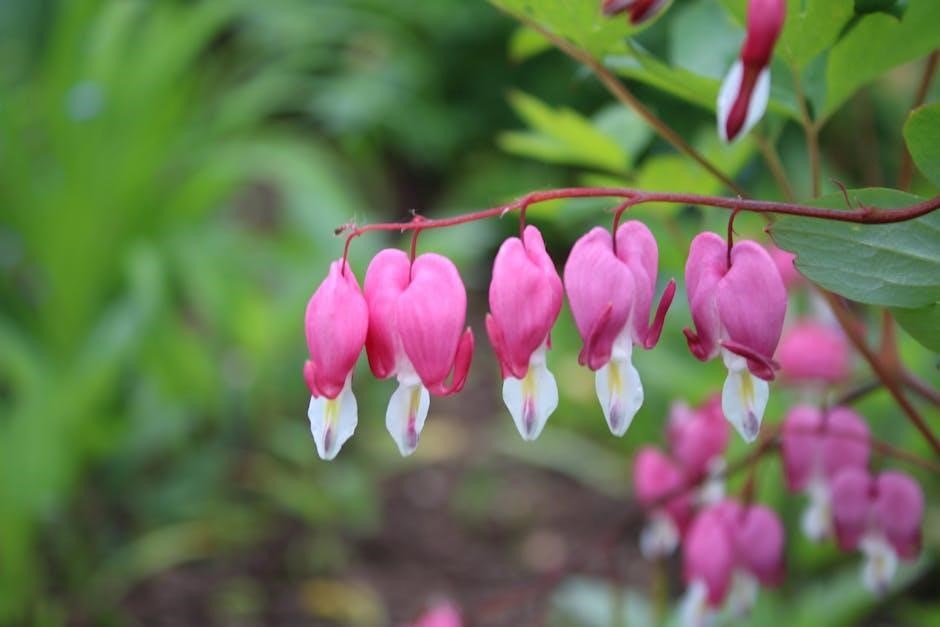
Monthly Planting Calendar for Zone 3a
April: Start seeds indoors for early bloomers like petunias and snapdragons. May: Directly plant perennials and annuals after the last frost. June: Sow zinnias and marigolds. July: Add lilies and sunflowers; August: Plant bulbs like garlic and tulips. September: Sow cool-season annuals. October: Final clean-up and mulching for winter protection.
6.1 April Planting: Early Start
April is a crucial month for Zone 3a gardeners, marking the beginning of the planting season; Start by sowing cool-season crops like spinach, kale, and lettuce in early April, as these thrive in cooler temperatures. Hardy vegetables such as radishes and peas can be directly planted into well-prepared soil once it thaws. Perennials like pansies and daffodils can also be planted this month. Ensure soil is workable and free of frost before planting. Consider using cold frames or row covers to protect tender plants from lingering cold snaps. Check the average last frost date, typically late April, before planting sensitive varieties. Maintain consistent moisture and monitor growth closely for optimal results.
6.2 May Planting: Transition to Spring
May marks a transitional period in Zone 3a, as soils warm and frost risks decrease. Start seeds indoors for tomatoes and peppers, then transplant them outdoors after the last frost, typically mid-May. Directly sow warm-season crops like beans, cucumbers, and carrots. Cool-season crops such as spinach and lettuce can still be planted, though they may bolt as temperatures rise. Perennials like daylilies and coneflowers can be planted now, along with annuals like marigolds and zinnias. Ensure soil has reached a workable temperature and is well-drained. Space plants appropriately for airflow and sunlight. Monitor growth and maintain consistent moisture for optimal establishment.
6.3 June Planting: Summer Begins
June marks the start of summer in Zone 3a, with warmer temperatures ideal for planting warm-season crops. Tomatoes, peppers, and zucchini thrive when soil has warmed. Directly sow beans, cucumbers, and squash. Succession planting ensures continuous harvests. Perennials like black-eyed susans and coneflowers can be planted now. Annuals such as marigolds and petunias add color. Use row covers to protect crops from pests. Maintain proper soil moisture and spacing for healthy growth. June is also a great time to prune spring-blooming shrubs and divide perennials. Monitor for pests and diseases as plants mature. This period is crucial for maximizing the short growing season.
6.4 July Planting: Mid-Season Adjustments
July in Zone 3a is a time for mid-season adjustments to ensure optimal growth. Monitor soil moisture, especially during heatwaves, and consider side-dressing vegetables with compost or balanced fertilizer. Deadhead spent flowers to encourage blooming in annuals and perennials. Check for pests like aphids and powdery mildew, treating promptly if necessary. Succession planting can extend the harvest season, with cool-season crops like kale or spinach sown for fall. Prune overgrown shrubs and train climbing plants like peas or beans. Store excess produce to enjoy later. July is also a good time to evaluate what’s thriving and plan adjustments for next year’s garden.
6.5 August Planting: Preparing for Fall
August in Zone 3a is a critical time to prepare for fall. Plant cool-season crops like broccoli, kale, and spinach for a late harvest. Sow seeds directly into well-prepared soil, ensuring adequate spacing. Start perennials indoors for an early spring head start. Divide and replant overgrown perennials to rejuvenate them. Monitor soil health and add compost to improve fertility. Begin cleaning up beds by removing spent plants to prevent pests and diseases. Plan for fall cover crops to protect soil over winter. August is also a good time to stockpile mulch for frost protection. Proper planning now ensures a successful fall harvest.
6.6 September Planting: Cool-Season Crops
September in Zone 3a is ideal for planting cool-season crops like lettuce, radishes, and spinach. These crops thrive in cooler temperatures and can tolerate light frosts. Plant seeds directly into well-prepared soil, ensuring proper spacing for optimal growth. Consider succession planting to maximize your harvest window. Mulch around plants to retain moisture and regulate soil temperature. Cool-season crops are perfect for extending the growing season, as they mature quickly and can be harvested before the first frost. September is also a great time to sow garlic and shallots for an early spring harvest. Monitor weather conditions to protect crops from extreme cold snaps.
6.7 October Planting: Final Preparations
October in Zone 3a marks the final planting opportunities before winter. Gardeners can plant spinach, kale, and radishes, which tolerate light frosts. Bulbs like garlic and daffodils should be planted now for spring blooms. Cover crops like clover or rye protect soil over winter. Mulch around perennials to shield roots from freezing. Clean up garden beds, removing dead plants and weeds to prevent pests. Check weather forecasts to protect sensitive crops from early snow. October is also a good time to review the growing season and plan improvements for next year. Finalize preparations to ensure soil health and readiness for spring.

Extending the Growing Season
Use cold frames, row covers, and greenhouses to protect plants from frost and extend the growing season in Zone 3a’s challenging climate.
7.1 Using Cold Frames and Row Covers
Cold frames and row covers are essential tools for extending the growing season in Zone 3a. Cold frames provide shelter from harsh winds and frost, allowing early seed starting. Row covers, made of lightweight materials like polyester or polypropylene, protect plants from frost damage. They are easy to apply and can be left on during the day. For optimal use, apply row covers in the evening and remove them in the morning to allow sunlight and airflow. These methods are particularly effective for cool-season crops like spinach and kale, ensuring a longer harvest period despite the short growing season.
7.2 Greenhouse Gardening in Zone 3a
Greenhouse gardening in Zone 3a is a game-changer for extending the growing season. By controlling temperature and humidity, gardeners can start seeds 4-6 weeks earlier and grow warm-season crops like tomatoes and peppers. The insulated environment protects plants from frost and cold snaps, allowing for year-round production. In Zone 3a, greenhouses are particularly useful for growing herbs like basil and vegetables that thrive in warmer conditions. Proper insulation and heating are essential to maintain consistent temperatures during the cold winter months, ensuring a bountiful harvest even in challenging climates.
7.3 Succession Planting: Maximizing Yield
Succession planting is a strategic method to maximize yield in Zone 3a’s short growing season. By planting new crops after others are harvested, gardeners can extend productivity. Cool-season crops like spinach and lettuce thrive in early spring, while warm-season crops like beans and zucchini follow. This approach ensures continuous harvest and efficient space use. Gardeners should plan a planting schedule, choosing fast-growing varieties to fit the season. Succession planting also allows for multiple harvests of vegetables like radishes and green onions, ensuring a bountiful and diverse yield despite the cooler climate.

Soil Preparation for Zone 3a Gardening
Testing soil pH and nutrient levels is crucial for Zone 3a gardening. Adding organic matter like compost or manure improves soil fertility and drainage, ensuring healthy plant growth.
8.1 Testing Your Soil
Testing your soil is essential for successful gardening in Zone 3a. A soil test measures pH levels, nutrient content, and organic matter. Most plants thrive in a slightly acidic to neutral soil pH (6.0–7.0). For Zone 3a, aim for a pH range of 6.0–6.8. Nutrient deficiencies can be addressed by adding specific amendments like compost or fertilizers. DIY kits or professional lab tests are available for accurate results. Understanding your soil’s composition ensures optimal plant growth and helps you prepare the ground effectively for both vegetables and flowers. Regular testing every 2–3 years maintains soil health.
8.2 Amending Soil for Better Growth
Amending soil in Zone 3a involves adding organic matter to improve fertility, drainage, and structure. Compost, well-rotted manure, or peat moss are excellent choices for enriching the soil. These amendments help retain moisture, suppress weeds, and regulate soil temperature. For clay soils, add sand or perlite to enhance drainage, while sandy soils benefit from organic matter to improve water retention. Avoid over-amending with synthetic fertilizers, as they can harm beneficial microorganisms. Incorporate amendments in early spring or fall, allowing time for them to integrate before planting. Proper soil preparation ensures healthy root development and robust plant growth in Zone 3a’s challenging climate.
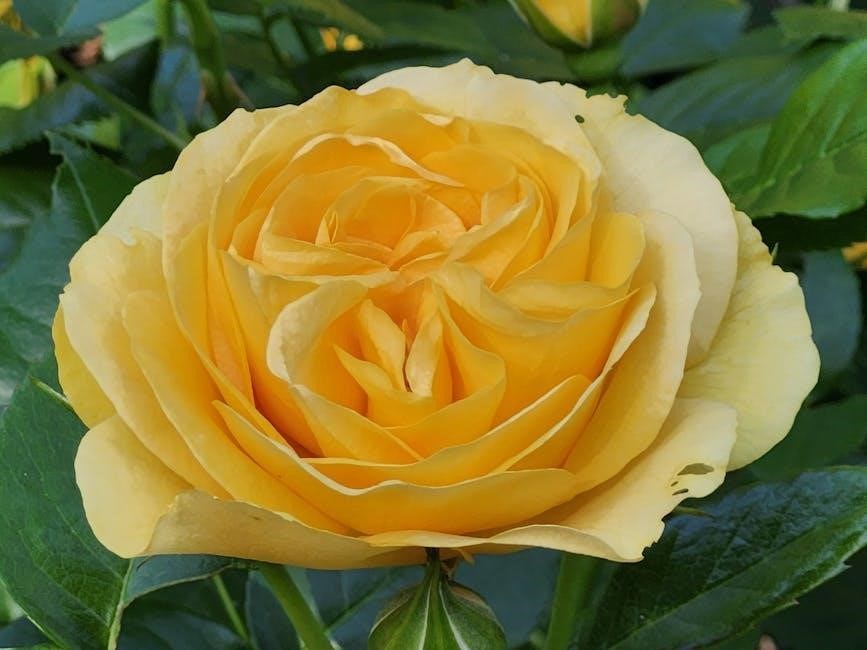
Garden Maintenance Tips
Regular watering, mulching, and pest control are essential for Zone 3a gardens. Monitor soil health and adapt strategies to ensure optimal plant growth and resilience in the cool climate.
9.1 Watering Strategies for Zone 3a
Watering in Zone 3a requires careful planning due to its cool, short growing season. Plants need consistent moisture but are prone to overwatering. Focus on deep watering to encourage root growth, while avoiding frequent shallow watering that can weaken plants. Mulch around plants to retain soil moisture and reduce evaporation. Water early in the morning or evening to minimize water loss from midday heat. Monitor soil conditions and adjust watering based on weather patterns, ensuring roots stay healthy and plants thrive in the region’s unique climate.
9.2 Mulching: Retaining Moisture and Suppressing Weeds
Mulching is essential in Zone 3a to retain soil moisture and suppress weeds. Use organic mulches like straw, bark chips, or grass clippings to create a protective layer around plants. Apply 2-3 inches thick, keeping it a few inches away from plant stems to avoid rot. Mulch helps regulate soil temperature, preventing rapid cooling in spring and overheating in summer. It also reduces weed growth, minimizing competition for water and nutrients. Replenish mulch annually to maintain its benefits and support healthy plant development throughout the growing season in Zone 3a’s challenging climate.
9.3 Pest Control: Managing Common Pests
In Zone 3a, common pests like aphids, slugs, and caterpillars can damage plants; Use neem oil or insecticidal soap for aphids, and beer traps for slugs. Row covers prevent flea beetles and cabbage moths. Encourage beneficial insects like ladybugs and lacewings. Inspect plants regularly and remove infested areas promptly. Rotate crops annually to break pest life cycles. Apply organic pesticides sparingly, following label instructions. Maintain clean gardens to reduce pest habitats. Balanced ecosystems and proactive measures are key to minimizing pest impact in Zone 3a gardens.
